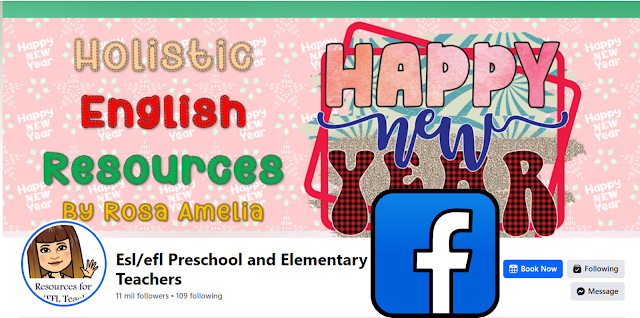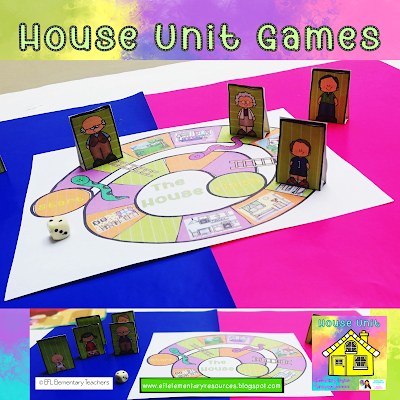This resource is part of the pets unit for Elementary English Languge learners-Starters. Newcomer Teacher can find the material great for planning.
LINK: https://www.teacherspayteachers.com/Product/Pets-Unit-for-Elementary-ELL-Starters-10780015
I
always have small cards in all the resources because they are easy to carry
around and can be used inside or outdoors. Students can use them anytime. These offer a clear support for the lesson plan. They can be used for the presentation of the key vocabulary.
Use
these to introduce animal vocabulary.
Introduce
the verb to have in interrogative, affirmative and negative answers.
Hand
in all the pets unit small cards to the students and ask questions: What do you
have?
Teacher: Do you
have a cat?
Student: Yes, I
do.
Do you have a
fish?
Student: No, I
don’t.
Students
can describe the pet on the small cards.
Look, I have a
mouse!
Have
your students develop their self-expression through movement using their body and/or
mime as you show the small cards. Check how the students will reproduce animal
movements maybe even using the sounds the pets make.
Teacher: Move like
a fish!
Display
the pet unit small cards and the word strips all mixed up on the board, a
volunteer matches the picture to the written word.
Show
all the flashcards, both pictures and word cards. Give nine children the words
and bring them to the front of the class. Then, hand out the pictures around
the class. The children with the pictures do not let the children with the
words see their flashcard. The children with the words then have to find which
children have the picture that corresponds to it by asking: Do you have a mouse?
Students can do sorting of the small cards on their own. Use the cards to review vocabulary related to the parts of the body of the pets.
Hand in several white boards with the sorting phrases written on each. It can be the size of the ears: big ears and small ears.
Create your
own grid for the tic tac toe game. Draw a grid on a piece of cardboard of 9 spaces arranged in
3x3.
Sort
the size of the tails: big or small/long or short.
This resource has more to check, go to this blog post: https://eflelementaryresources.blogspot.com/2024/10/this-resource-is-included-at-this-link.html
Follow my FACEBOOK fan page:




















.png)
.png)
.png)
.png)

.png)
.png)





















